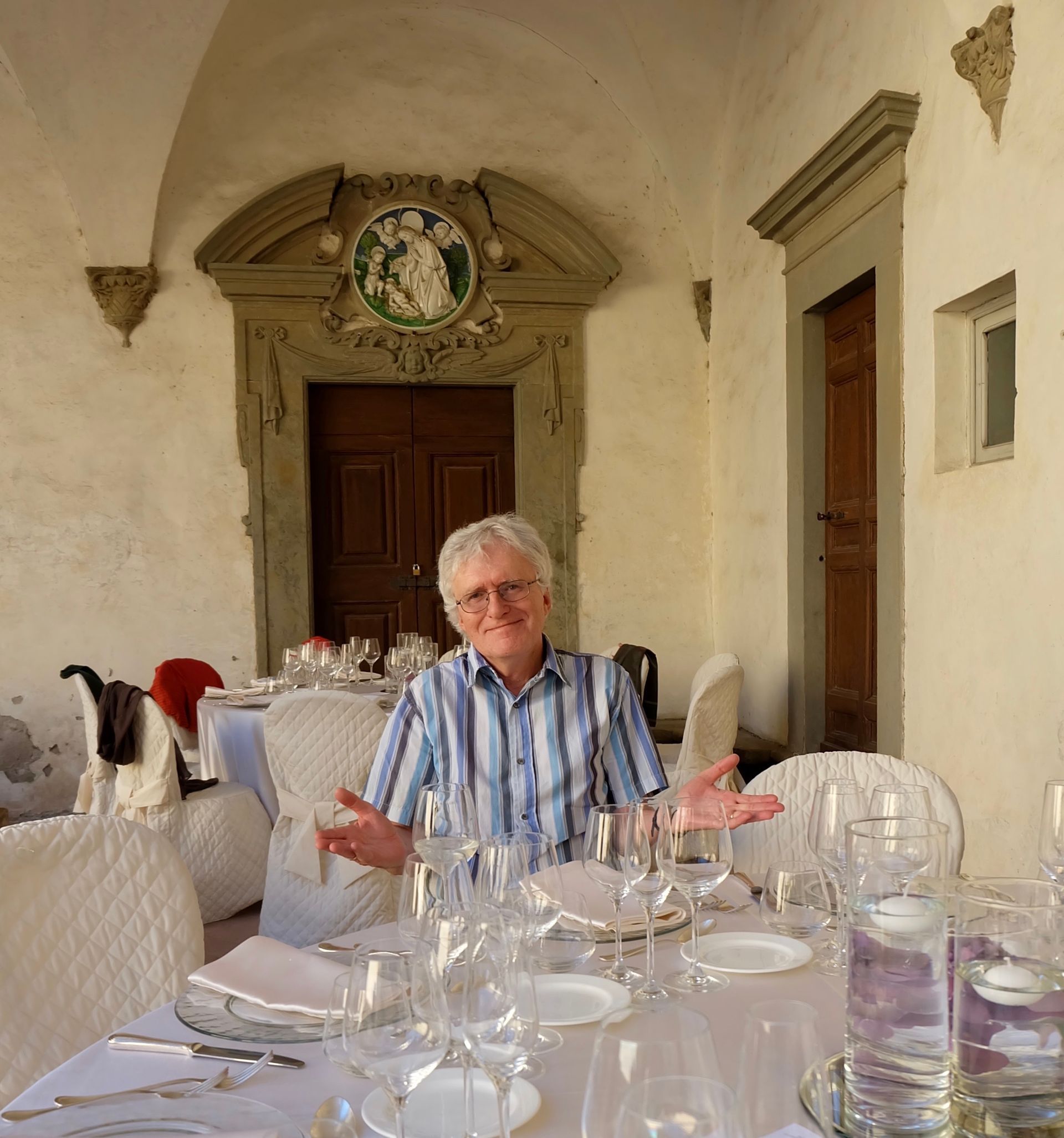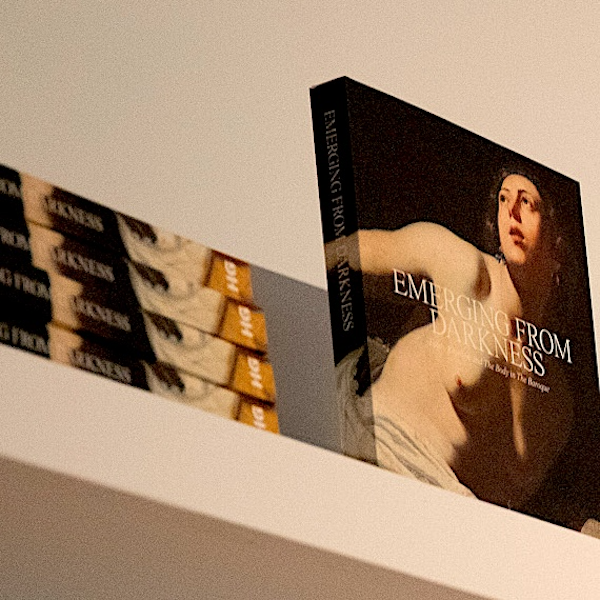New research on Italian L2 learning
Marinella Caruso writes ...
 What is one of the most challenging and neglected aspects of second language pedagogy and at the same time a key component of acquisition? Despite Krashen’s (1981) early discoveries that comprehension is at the centre of the language acquisition process, listening
continues to be treated as the ‘Cinderella of the four macro-skills’ (Flowerdew and Miller 2005, p. xi). Recently a group from the University of Western Australia published its research into ways of using technology for the development and assessment of listening skills in Italian L2 in the Journal of University Teaching and Learning Practice
(2017,14,1), available here. Having conceptualised listening as a process rather than a product, they designed a set of online quizzes to teach ab initio
students how to listen.
In selecting the audio/video materials on which the quizzes are based, the three main criteria of input quality, consistency with in-class activities and progression were considered. Videos were used to expose students to Italian culture as well as the Italian language. Quizzes provided students with immediate final scores and included, in different degrees, explicit feedback in the incorrect answer field, to guide them with the listening process and teach them strategies on how to listen. The quizzes included mainly multiple-choice questions, with the possibility of question preview, to encourage the activation of prior knowledge through key vocabulary. From tasks aimed at practising mainly bottom-up aspects of listening, such as sound and word discrimination, students progressed to complete quizzes that used vocabulary or structures extending topics covered in class, or requiring decoding and inferencing, as in decoding the verb form vuole
and the pronoun Le
to be able to determine whether the interlocutors were friends or acquaintances.
What is one of the most challenging and neglected aspects of second language pedagogy and at the same time a key component of acquisition? Despite Krashen’s (1981) early discoveries that comprehension is at the centre of the language acquisition process, listening
continues to be treated as the ‘Cinderella of the four macro-skills’ (Flowerdew and Miller 2005, p. xi). Recently a group from the University of Western Australia published its research into ways of using technology for the development and assessment of listening skills in Italian L2 in the Journal of University Teaching and Learning Practice
(2017,14,1), available here. Having conceptualised listening as a process rather than a product, they designed a set of online quizzes to teach ab initio
students how to listen.
In selecting the audio/video materials on which the quizzes are based, the three main criteria of input quality, consistency with in-class activities and progression were considered. Videos were used to expose students to Italian culture as well as the Italian language. Quizzes provided students with immediate final scores and included, in different degrees, explicit feedback in the incorrect answer field, to guide them with the listening process and teach them strategies on how to listen. The quizzes included mainly multiple-choice questions, with the possibility of question preview, to encourage the activation of prior knowledge through key vocabulary. From tasks aimed at practising mainly bottom-up aspects of listening, such as sound and word discrimination, students progressed to complete quizzes that used vocabulary or structures extending topics covered in class, or requiring decoding and inferencing, as in decoding the verb form vuole
and the pronoun Le
to be able to determine whether the interlocutors were friends or acquaintances.
The validity of the quizzes as a means for formative and summative assessment was subjected to systematic analysis via an online student survey. The results support the researchers’ conclusions that the online materials offered students engaging, flexible listening comprehension practice and that “listening practice and assessment can effectively be moved out of the classroom and into the digital space, provided is it grounded in sound pedagogical choices”. For further details see the article in JUTLP referenced above.
Share this:
- Share on Tumblr
- </div></li><li class="share-end"/><li class="share-reddit"><div class="reddit_button"><iframe src="https://www.reddit.com/static/button/button1.html?newwindow=true&width=120&url=https%3A%2F%2Facis.org.au%2F2017%2F12%2F07%2Fnew-research-on-italian-l2-learning%2F&title=New%20research%20on%20Italian%20L2%20learning" height="22" width="120" scrolling="no" frameborder="0"/></div></li><li class="share-end"/></ul></div></div></div></div></div> <div id="jp-relatedposts" class="jp-relatedposts"> <h3 class="jp-relatedposts-headline"><em>Related</em></h3> </div></div> </div>








